Utah is one of America’s most historically rich and fascinating states. If you were to trace its history, it’ll take you as far back as ten to twelve thousand years ago. For thousands of years, Utah has been home to Native American tribes. The most notable are the Goshutes, Paiutes, Utes, and Navajo. Indeed there is a lot of evidence of the unique cultures and traditions of the Native American tribes.
Utah is also where, in 1847, Brigham Young led other Mormon faithful to set up a settlement in Salt Lake Valley. To date, the Mormon sect still has a significant impact on the politics and demographics of Utah. Large populations of non-Mormons also settled in Utah after the discovery of precious metals in the 1860s.
Scholars believe that by 1896, the area’s total population was about a quarter million. By the early 20th century, the state was home to other ethnic communities such as the Slavs, Japanese, Chinese, Mexicans, and Greeks.
Beyond Utah’s history is the fascinating ecosystem. Nevada is the driest state in America, closely followed in second position by Utah. The other notable feature is the elevation variation from the highest to the lowest point.
About Utah
Utah covers about 84,990 square kilometers and sits southwest of the United States. The state’s topography is mainly mountainous with a dry climate. This arid and semiarid area does not get much rainfall, barely exceeding 10 inches of rain annually.
The states bordering Utah are Idaho and Wyoming to the North and Colorado to the east. In the South are Arizona and Nevada to the west.
Utah has a unique geology featuring unique and colorful landscapes. Sandstone outcrops, rock spires, cliffs, and stone arches dot the landscape. It also has many water masses, the most famous being the Green and Colorado Rivers. The same goes for the fascinating plant and animal species.
Utah’s Lowest Point
Quick facts about Utah’s lowest point are as follows:-
- Name – Beaver Dam Wash.
- Elevation – 2179.8 ft. above sea level.
- Location – Southwest Utah along the Arizona and Nevada border, 22 miles west of St. George. On the southern border is the Interstate 15 and Virgin River.
- Size -Approximately 63,500 acres.
- Ecology – A combination of the Mojave Desert and the Great Basin.
The lowest point in Utah is at Beaver Dam Wash, at 2,179.8 feet above sea level. A cursory internet search will reveal variations in the actual elevation, signaling confusion in the accurate readings. Some reports show it’s 2,350, while the US geological society has it 2,000 feet above sea level. Interestingly, the Beaver Dam Wash is 288 miles from the highest elevation.
Despite the dam in the name, Beaver Dam Wash is a seasonal stream in the southwestern part of the Utah-Nevada border. It gets its name from the beaver dams, a common sight in the area.
The ecosystem makes the location of the Beaver Dam Wash so fascinating. When you compare it to the rest of Utah, you can’t help but notice how different it is. Indeed, if you didn’t know better, you’d think you are in the drier Nevada State.
The area is in the Mojave Desert, thus sweltering and prone to flooding. Temperature drops of 42 degrees Fahrenheit for every 1000 feet of descending altitude are not uncommon. However, perennial springs ensure the availability of water throughout the year.
The flooding may be the reason behind the different elevation readings. The sediment deposits will change the elevations considerably, depending on how heavy it is. Another reason is erosion, which can lower the height as it occurs. The water provides ideal habitats for the beaver dams and various plant and animal life.
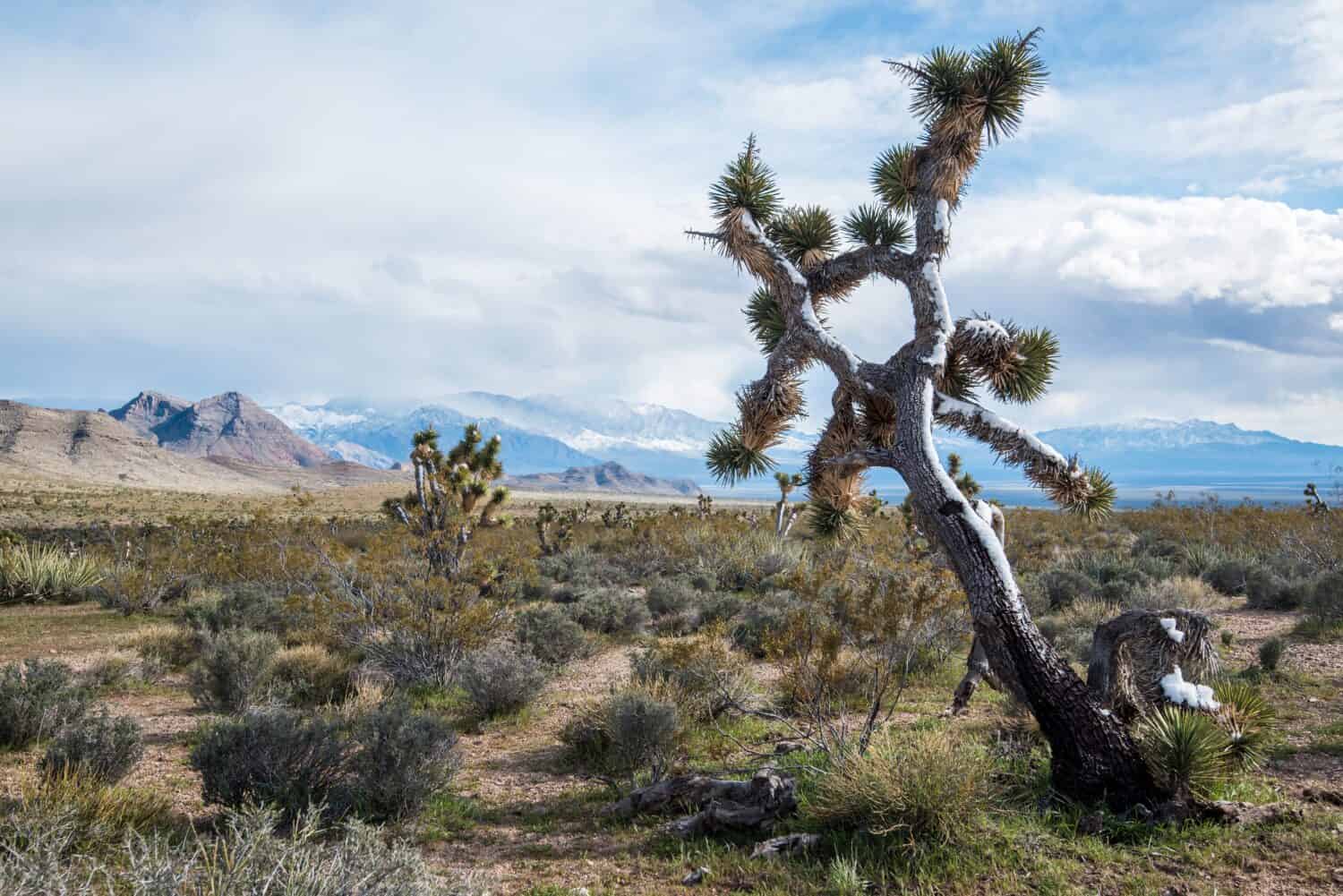
The lowest point in Utah is at Beaver Dam Wash, at 2,179.8 feet above sea level.
©Layne V. Naylor/Shutterstock.com
How to Get To The Lowest Point in Utah
The state of Utah has six monuments marking its border points. You’ll find Beaver Dam Wash on the southwest corner. Getting into the conservation area is relatively easy due to its proximity to 3 States. Suppose you’re coming from Saint George; Highway 18 North should bring you to the Beaver Dam Water conservation area. The Old US Highway 91 should also get you to the dam if you’re coming from any place around the Arizona or Nevada border.
The topography is quite steep and can be challenging to navigate. You may need a four-wheel drive or truck to get there faster. Regular cars may not have the necessary clearance to drive over several dips. The other alternative is to tackle it by foot for the six-mile trip from the southwest corner monument.
Please note that there are restrictions on where motorized vehicles can travel. There are specially designated roads within particular areas, so take time to determine which is closest to you.
Your journey will begin in Littlefield, Arizona, on routes 1-15. Take exit eight and drive further up north on the highway. Drive past the Beaver Dam Arizona community and proceed past the Utah-Arizona State line.
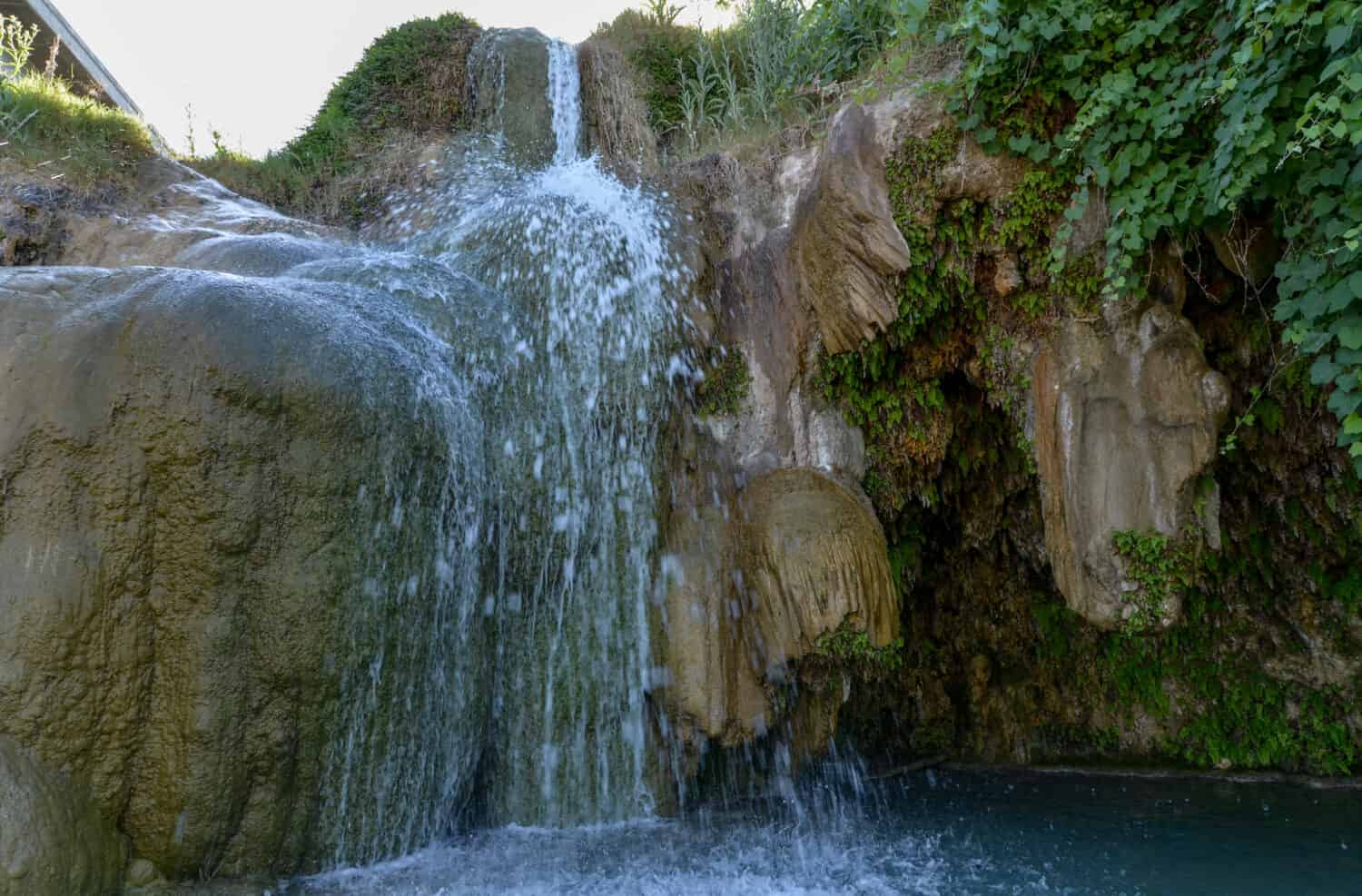
Your journey will begin in Littlefield, Arizona, on routes 1-15. Take exit eight and drive further up north on the highway.
©Sergey Malomuzh/Shutterstock.com
Watch out for a dirt road heading West past the state line. Keep on a southwest trajectory and then go south for about 5 miles into the Beaver Dam Wash. If you see several Mormon Pioneer Trail posts, it shows you are on the right track. Don’t turn into any of the side roads.
Once you get to the Beaver Dam Wash perennial water areas, look for parking near the power lines. Now get ready for some hiking as you prepare to walk northwards. Caution is necessary because the path is uneven, and you don’t want to deal with accidents. Go on until you come to a very noticeable barbed wire fence. Cross it, and you should be near the lowest Utah point.
Fun Things to Do At Beaver Dam Wash
The Beaver Dam Wash is a National Conservation Area (NCA), and its maintenance falls under the Bureau of Land Management. It has become a popular place for visitors due to the numerous fun activities.
Hiking
If you love hiking, the Beaver Dam Wash has some excellent trails that range from easy to relatively challenging.
The six-mile Beaver Dam Loop Trail should be on the list. Expect stunning views of the Beaver Dam Wash and the surrounding Red Rock formations. The difficulty level is moderate, and you can go right through the heart of the wash area. Keep an eye out for wildlife and the beaver dams.
The Little Finland trail is a moderate 2.5-mile hike known popularly as Hobgoblin’s Playground. The stunning rock formations resulting in Archers’ Spears and other fascinating rock shapes are a sight to behold.
The White Rock Canyon Trail is another moderate hike that covers 4.8 miles. Emerging from the narrow canyon to panoramic views of the Wash and cliff is thrilling.
The challenging Prospect Trail hike is not for the faint-hearted. But you can be sure of some fantastic pictures against the spectacular backdrop of the Beaver Dam Wash ecosystem.
The 8.3-mile Lime Kiln Canyon Trail will drive up the hiking challenge considerably. But the scenic vistas compressing towering red rock cliffs and the canyon are worth every grueling step.
The Joshua Tree Road and Mojave Desert Berkeley provide another Scenic 17.7 km hiking or driving experience. Also, if you are feeling adventurous, try the 8,000 feet West Mountain Peak climb. Ensure you have proper hiking boots and a walking stick specifically for difficult-to-navigate sections of the trail.
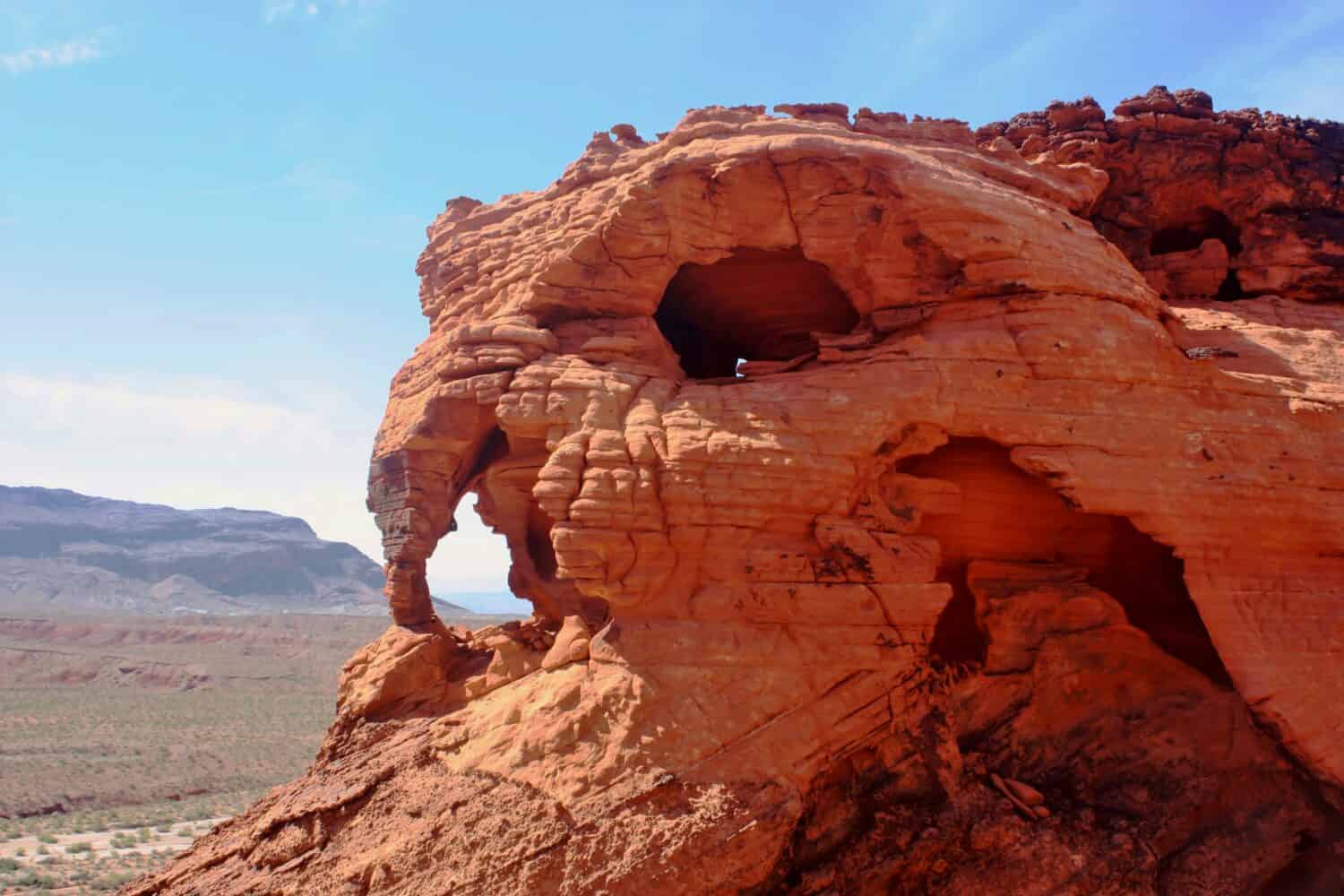
The stunning rock formations in Hobgoblin’s Playground, resulting in Archers’ Spears and other fascinating rock shapes, are a sight to behold.
©John McCall/Shutterstock.com
Camping
Beaver Dam Wash National conservation area allows camping if you want to spend a weekend at the facility. There’s also the option of staying in your RV or pitching camp at one of the designated spots.
The Beaver Dam State Park offers camping facilities all year round. The campsites have picnic tables, fire pits, toilets, water, and parking. It operates on a first-come-first-serve basis, so you don’t have to make any pre-travel booking. You can stay for a maximum of two weeks every month.
Another excellent camping site is the Red Cliffs National Conservation Area Campground. Like hiking, camping at Beaver House Wash is on a first-come-first-serve basis. There are many activities, including rock climbing and more. Visitors enjoy the tranquility of the nearby Quail Creek and surrounding cliffs and bluffs.
The Baker Reservoir Recreation Area is stunning due to the mountain backdrops. There are 16 campsites, and it welcomes those in trailers and RVs. You can bring your family pet along as there’s no animal restriction.
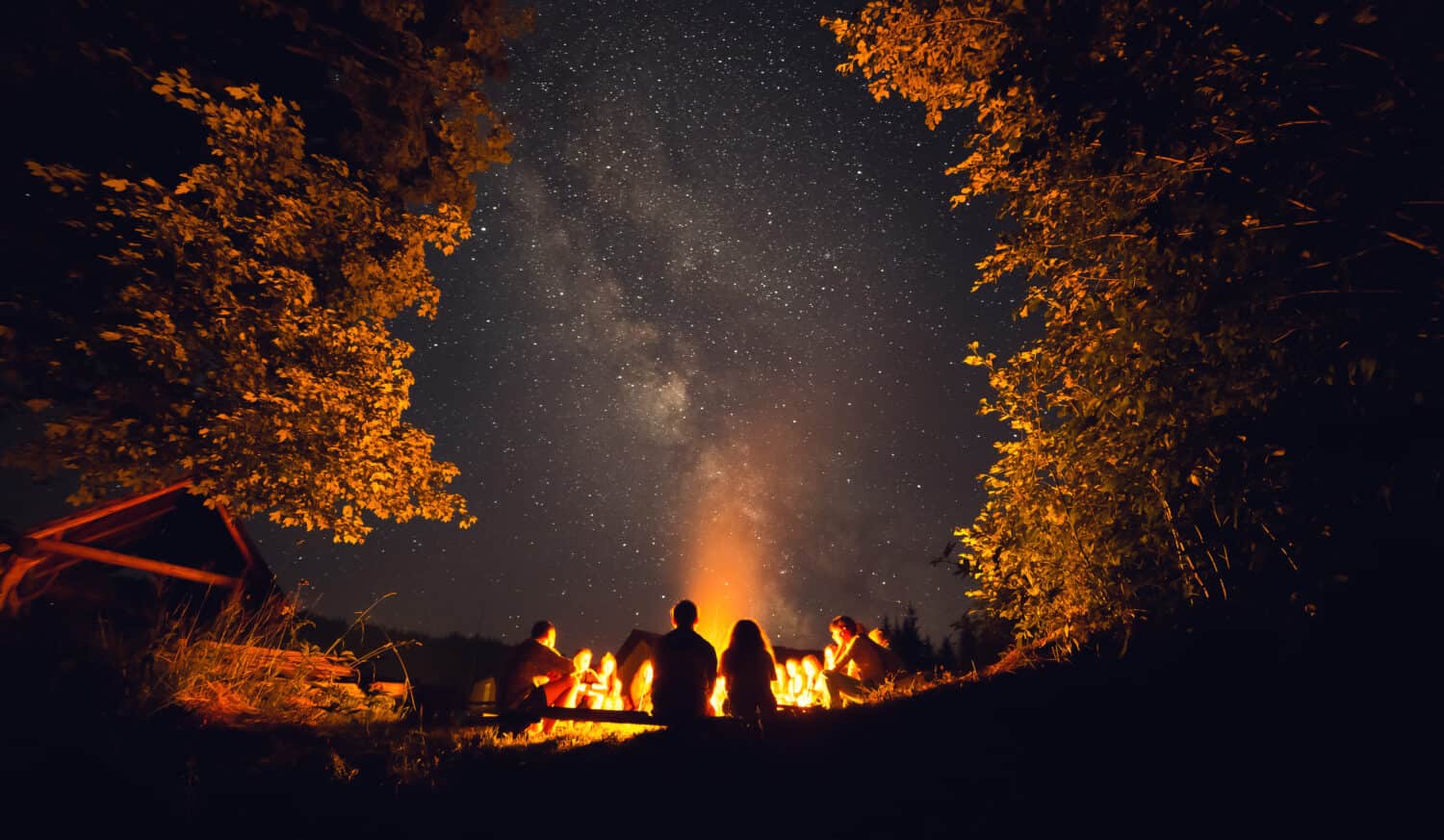
Beaver Dam Wash National Conservation Area allows you to stay in your RV or pitch camp at one of the designated spots.
©Volodya Senkiv/Shutterstock.com
Rock Climbing
There are plenty of rock-climbing opportunities available at Beaver Dam Wash. A good tip is to check your climb time because, as you can imagine, it gets pretty hot. Being mindful of the sun’s angle will make your experience much better. And make sure you stay hydrated by drinking plenty of water and stock up on sunscreen to avoid sunburn.
Wildlife Watching
Beaver Dam Wash plays host to a wide variety of wildlife. Animal watching is a favorite pastime for many people. There are different bird species, mammals, insects, and more. Don’t forget to bring your binoculars to see some of the more elusive creatures.
Tour the Beaver Dam State Park
The Beaver Dam State Park along Beaver Dam Wash covers about 2,000 acres. The Wash State Park has the distinction of being the first park in the area and has been in existence since 1935. True to the stunning ecosystem, you will get some of the best scenery and landscapes. These include warm, flowing springs, waterfalls, and more. The state park also has an abundance of wildlife, including lizards, snakes, mountain lions, and bobcats.
Visitors are welcome anytime, all year round. July and August experience monsoon weather, during which there are thunderstorms. Day-to-night summer temperatures can range from 93 degrees to 50 degrees Fahrenheit. In winter, temperatures range from 45 degrees Fahrenheit to 25 degrees Fahrenheit.
Camping facilities are available using your RV or one of the designated campgrounds. These include the Pioche RV campground and Park and Eagle Valley Resort. Other fun activities include hiking, fishing, picnicking, and more. The Oak Knoll Trail, waterfall, and Overlook Trail are especially popular. Please note that anglers over 12 years old will need a fishing license.
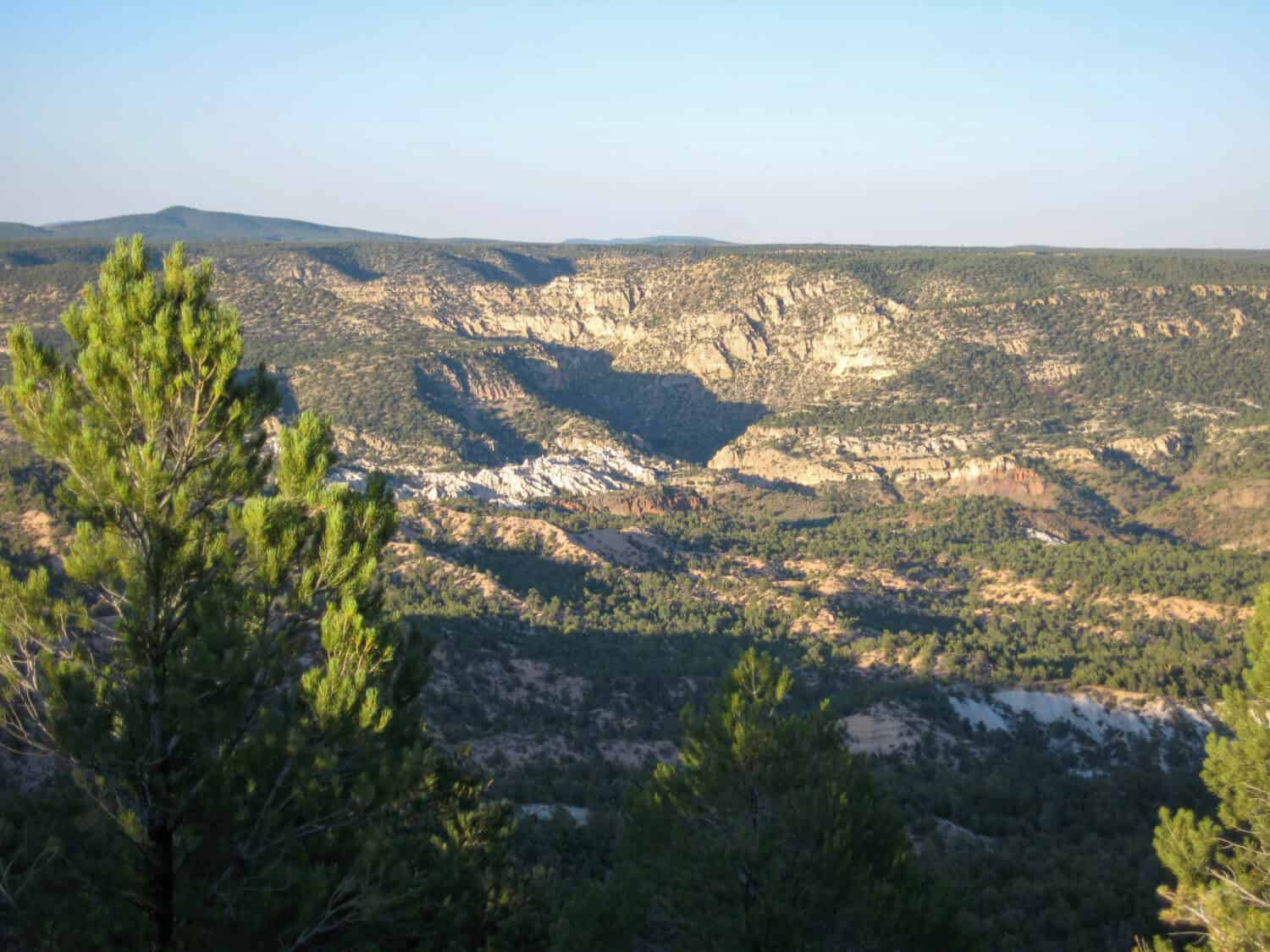
The Beaver Dam State Park has an abundance of wildlife, including lizards, snakes, mountain lions, and bobcats.
©rawaccess/Shutterstock.com
Plant and Animal Life in Beaver Dam Wash
The plant and animal life in the Beaver Dam Wash is quite varied. Due to its location, various species have adapted to the desert climate. These include cactus species, yucca, creosote bush, Joshua tree, and black brush, to name a few. Riparian vegetation, such as willow trees and cottonwood along the stream banks, also make the environment ideal for the beaver dams.
When it comes to animal species, there are mammals, reptiles, amphibians, and fish. Beaver Dam Wash is home to endangered species like the Virgin River chub fish and Mojave Desert tortoise. Other animal species are bobcats, coyotes, bighorn sheep, and western diamondback rattlesnakes.
We also can’t forget the beavers to which the area owes its name. The North American beaver is native to the region and is a semi-aquatic mammal. The beavers use logs, sticks, and mods to construct dams resulting in pools or ponds. These are critical to the environment because they help with water storage.
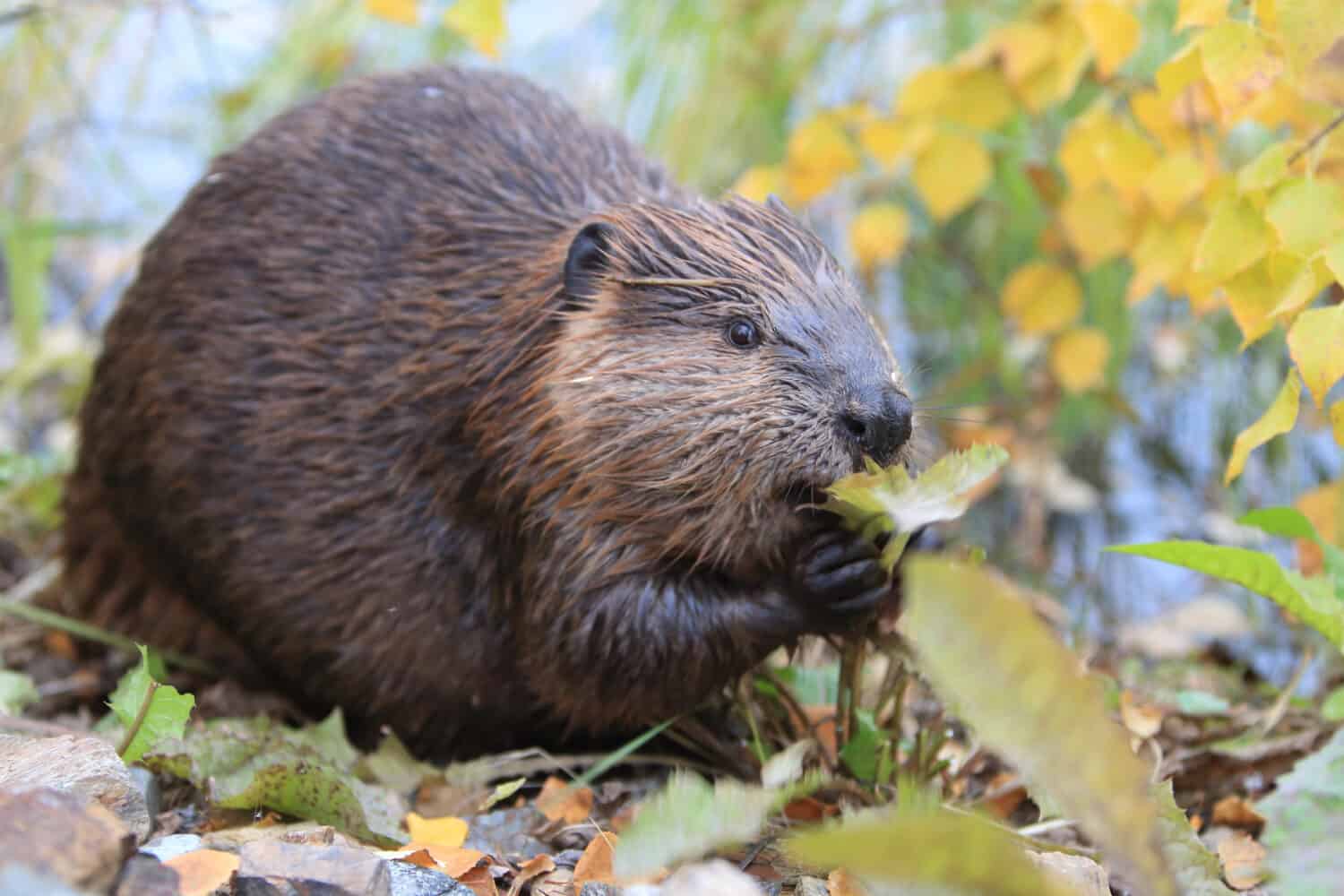
The North American beaver is native to the region and is a semi-aquatic mammal.
©Frank Fichtmueller/Shutterstock.com
The ponds allow the water to filter down to the water table while recharging groundwater. For this reason, the Beaver Dam Wash can have perennial streams, even in arid weather conditions. Another benefit of the animals is that they improve the water quality.
The beaver dams act like filters removing pollutants, thus making the water cleaner. Beaver ponds comprising sediments will gradually become beaver meadows, further enriching the ecosystem.
Birdwatchers will also have their fill of different species, including the canyon wren, peregrine falcon, and the black-throated sparrow.
The Highest Elevation in Utah
The highest elevation in Utah is Kings Peak, at 13,538 feet above sea level. Kings Peak is also the highest point of Uinta Mountain, on which it sits. Kings Peak attracts hundreds of backpackers and hikers who love the challenge of multi-day treks up to the summits.
The round-trip is approximately 28 miles and will be a challenge to anyone, no matter the experience, due to the steep elevation and rugged terrain. But in return, what you get is a stunning view of the surrounding areas, which you will not see anywhere else.
Plant and animal life are equally interesting. The alpine tundra is home to plant species like lichens, mosses, and wildflowers. The subalpine terrain has Engelmann spruce, lodgepole pine, and subalpine fir. The mountain goats have adapted to the harsh alpine environment. Other animals are marmots, bighorn sheep, and bird species like the white-tailed ptarmigan.
Visit Utah Lowest Point for a Fantastic Outdoor Experience
Beaver Dam Wash is home to Utah’s lowest point. But that does not in any way impact the beauty and magnificence of the place. It has the most unique geological formations and fantastic fauna and flora. You may even have the rare opportunity to see some endangered species, such as the chub fish and the Mojave Desert tortoise. Also, look out for coyotes, desert bighorn sheep, and mountain lions.
The Beaver Dam Wash is also a popular destination for outdoor enthusiasts who enjoy hiking, rock climbing, fishing, and camping. There are designated trails available for all climbing difficulty levels. However, due to the desert climate, it gets scorching hot most of the time. So stock up on plenty of water to ensure proper hydration. Also, avoid sunburn by using sunscreen generously.
The photo featured at the top of this post is © Iryna Kvarts/Shutterstock.com
Thank you for reading! Have some feedback for us? Contact the AZ Animals editorial team.






